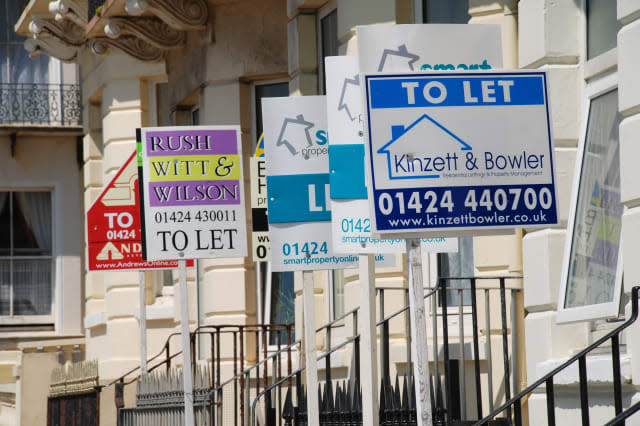The hidden threat to buy-to-let

No one thought it could happen under a Tory government but chancellor George Osborne has targeted tax perks received by landlords, and it isn't the only problem that he could throw at the buy-to-let army.
In his Budget announcement Osborne announced that mortgage interest relief (which lets landlords offset mortgage interest against rental income) would be scaled back over coming years.
This was a shock to landlords and a piece of good news for those wanting to get on the property ladder who have had to battle buy-to-letters for starter homes.
And it seems that Osborne will create another problem for landlords if he decides to hand over power for buy-to-let mortgages to the Bank of England. The Bank already has responsibility for residential mortgages and last year limited the number of loans banks could give out that were 4.5 times a borrower's income. It also required lenders to stress test borrowers based on an interest rate rise of 3%.
A new problem
Mortgage insiders are now fully expecting the Bank to be given power over buy-to-let even though these mortgages are not regulated by the Financial Conduct Authority.
Bank governor Mark Carney has already warned about the buy-to-let bubble and has as good as said that interest rates will rise at the end of the year. If rates rise, mortgage costs will too and there may be landlords (and, of course, residential borrowers) who will struggle to pay their loans.
It seems likely that the Bank will be given the go-ahead to stress test buy-to-let loans more vigorously in an attempt to cool the bubble that is growing – and is expected to grow further as pension freedom means more people can strip their savings and invest in a rental property.
Latest figures from the Council of Mortgage Lenders show a 20% year-on-year increase in buy-to-let borrowing, which totalled £1.2 billion in May.
Lenders usually require rental income to cover 125% of a mortgage based on an interest rate of between 5% and 6% - this rate could be increased. The Bank could also exert tighter controls on the deposit needed for a buy-to-let landlords. Typically 25% is the smallest deposit a person can have but as the buy-to-let boom has gathered pace, some lenders have been accepting less.
Either way, would-be landlords will find loans harder to come by.
While the clampdown on mortgage interest relief may have come as a shock, it threatens to be just the start of a plan to limit buy-to-let.
Read more:
Budget 2015 brings buy-to-let nightmare
Could you be a buy-to-let landlord?
The best places to invest in buy-to-let property





